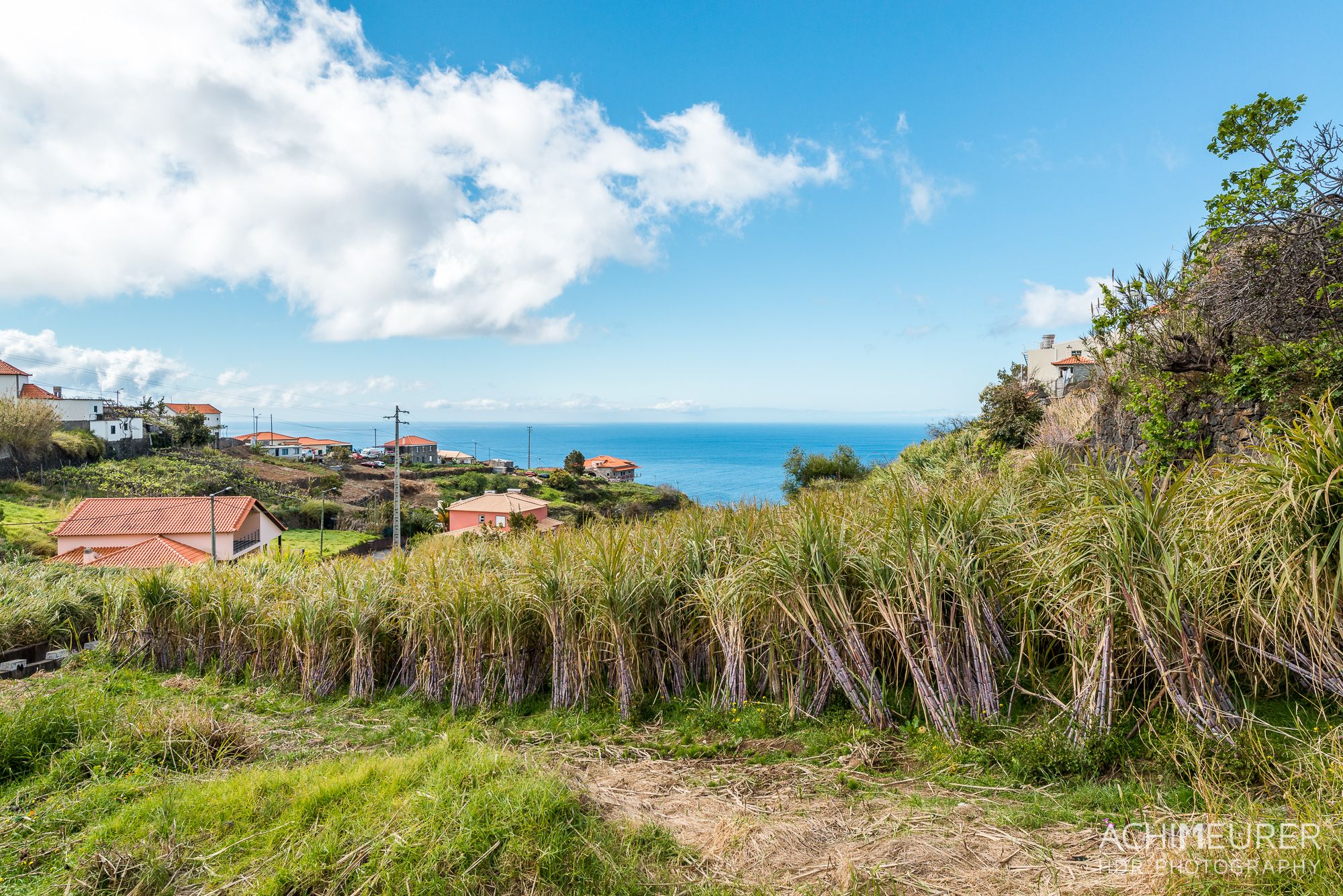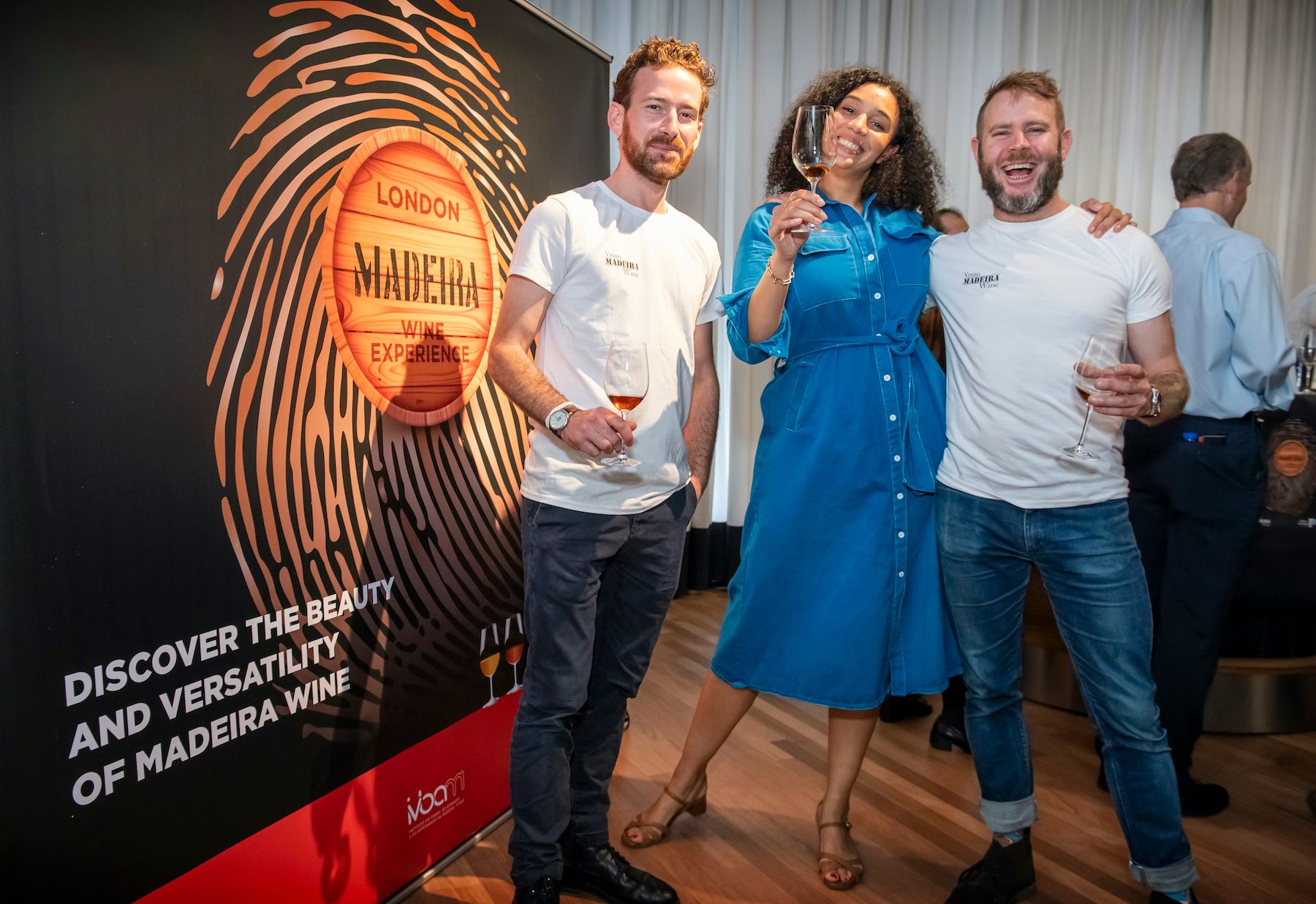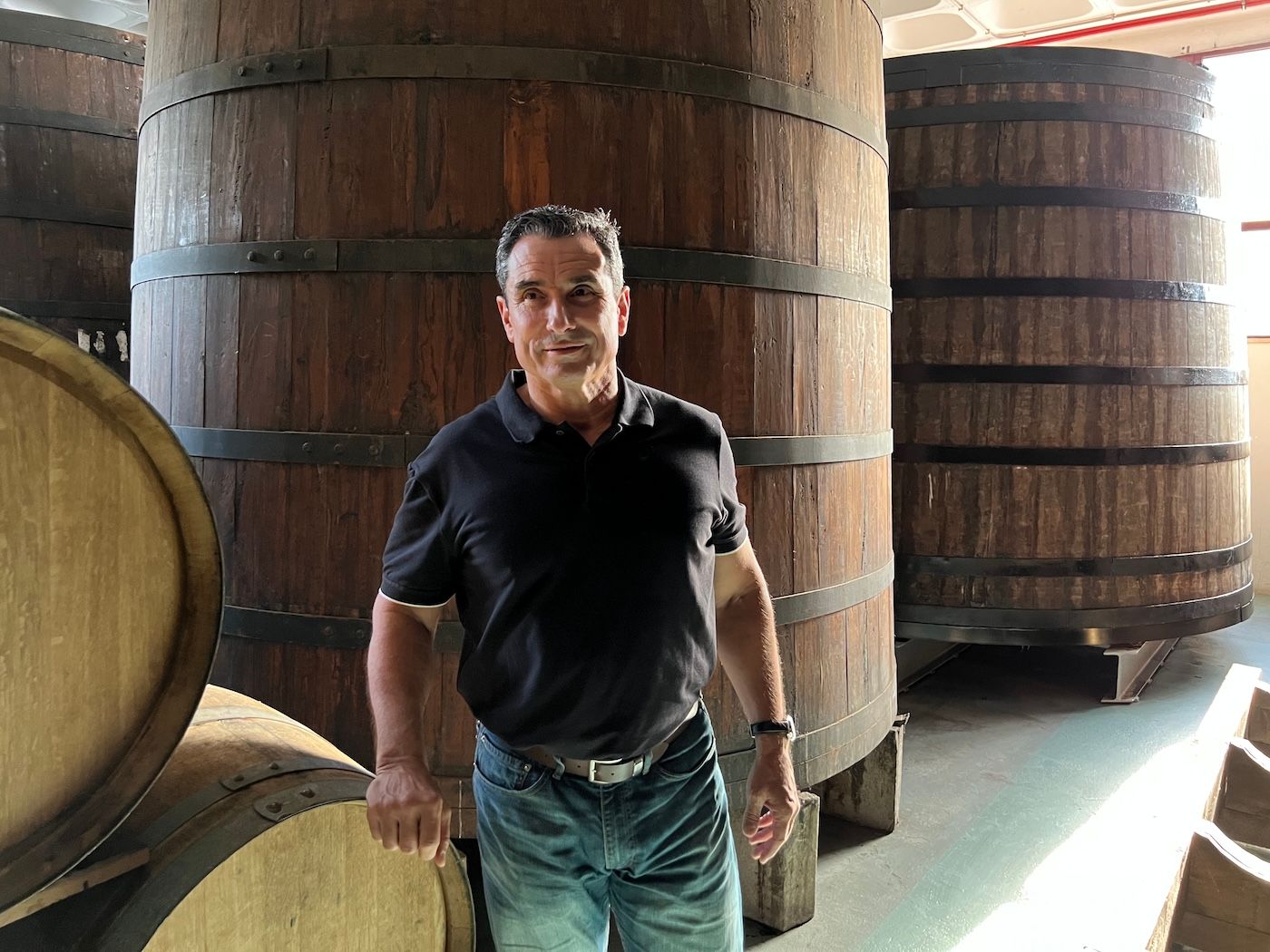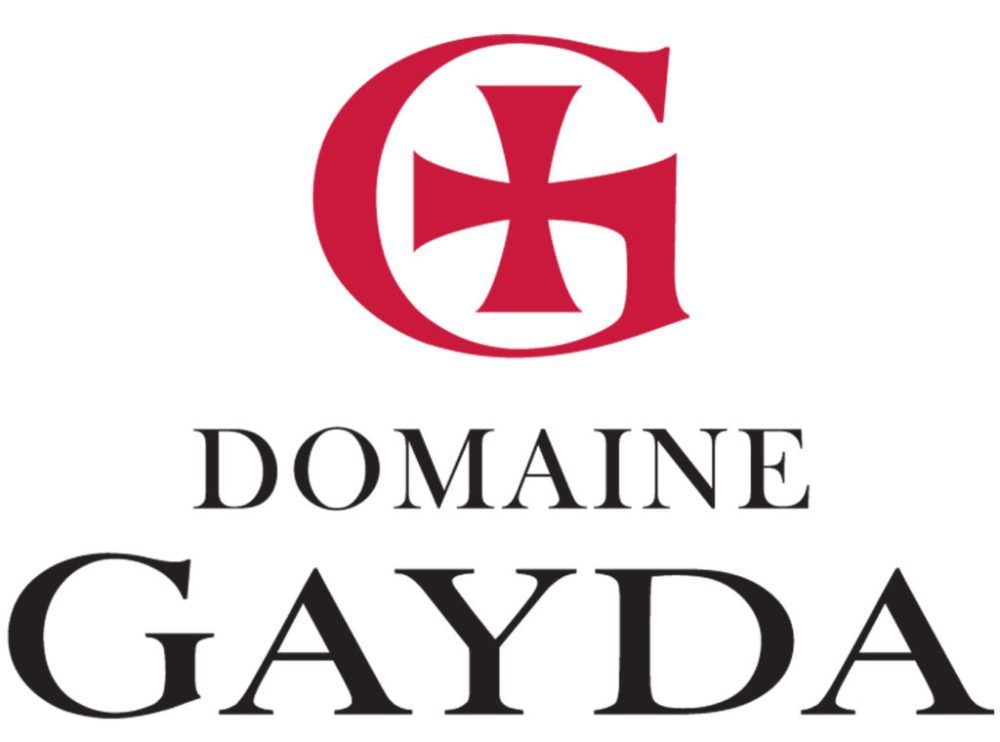Madeira is a Portuguese island in the Atlantic where old people go on winter cruises, right? And its famous fortified wines are only drunk by crusty old farts in the wine biz (myself included) and is, quite literally, a dying market, right?
Wrong, on both counts.
When several friends of mine told me they were going on holiday to Madeira this year, I thought it was a sign of my age. Turns out, my friends are actually ‘bang on trend’.
Madeira was one of the first places to unlock to visitors during the pandemic, in May 2020, which led to a remarkable transformation of its tourist industry. Unsurprisingly, the vulnerable elderly stayed away, but instead a new generation discovered the island, relative youngsters who were sick of being cooped up in Covid confinement.
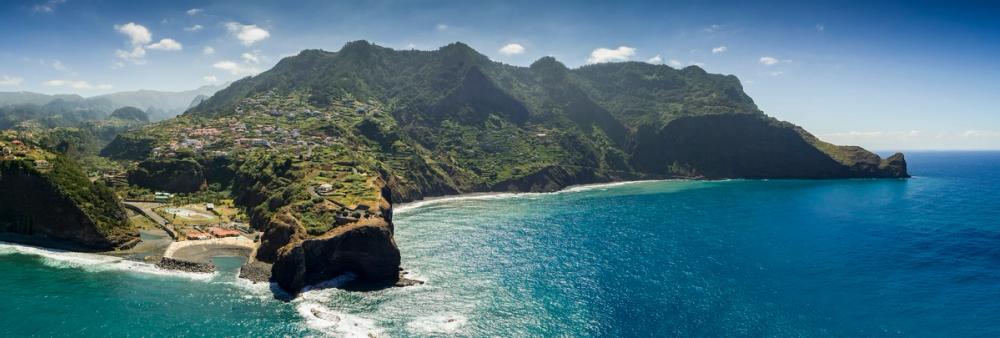
This new wave of tourism has introduced Madeira to a more youthful set
Many stayed on and embraced the digital nomad lifestyle and, while very much not a ‘party island’ (thank the lord), Madeira has continued to attract a younger holiday crowd, many inspired by “extreme hiking” and other outdoorsy activities made famous by viral social media influencers – this verdant, steep-sided volcanic island rises steeply from the ocean; you’ve come to the wrong place if you’re looking for white sandy beaches and rocking nightlife.
This new wave of tourism has introduced Madeira to a more youthful set who are discovering the wines on the island – a generation who don’t drink as much wine as their boozy parents but are always open to something new.
New range of 10-year-olds
With this audience in mind, Blandy’s (one of the oldest Madeira houses, established in 1811 and now run by seventh-generation Chris Blandy) recently released its new range of 10-year-old varietal Madeiras, smartly packaged in modern livery and made in a fresh, approachable style.
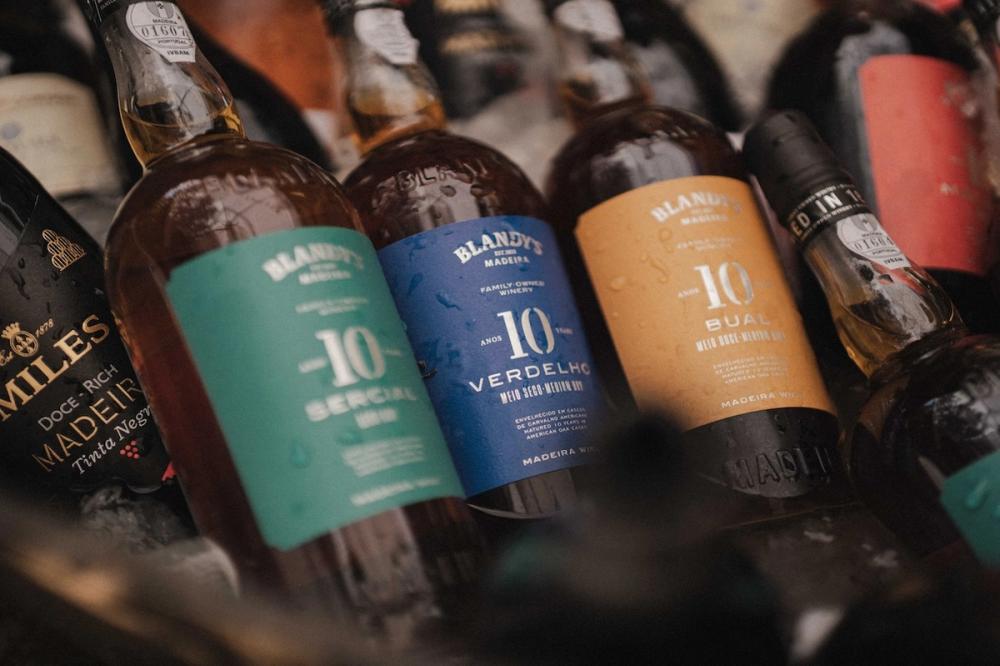
The new 10 year-old Madeiras are in 75cl clear bottles
It is the result of years of experimentation and research, in conjunction with the University of Madeira, that involved meticulously recording how different storage conditions affect the wines as they age and studying how the wines are being impacted by climate change.
The classic four ‘noble’ grapes of Sercial, Verdelho, Bual and Malvasia, made in the classic, dry/medium-dry/medium sweet/sweet styles respectively, are aged using the traditional canteiro system reserved for premium wines.
This system involves the barrels of wine being moved from time to time as they age – from warmer to cooler conditions within the ageing rooms – mimicking the changes in temperature the wines would undergo as they crossed the tropics on their long sea voyages centuries ago and which give Madeira its unique characteristics.
The wines lose about 10% of their volume each year and are topped up each time they’re moved. They are then blended before bottling with wines aged for an average of 10 years.
Blandy’s wines are aged both in the 1835 lodge in Funchal, Madeira’s capital, whose nine towering ageing rooms hold thousands of barrels stacked to the top, as well as in a less picturesque industrial site at the busy port town of Caniçal on the island’s north-eastern tip.
The three warehouses here see lower temperatures and higher humidity thanks to their direct proximity to the sea. This means the wines evaporate more slowly than in hotter, less humid Funchal, so are fresher and less intense, and seem to absorb a salty tang. For this reason, Sercial and Verdelho, the drier styles in the new range, are moved to Caniçal earlier than Bual and Malvasia, the sweeter wines, which benefit from hotter, drier conditions in Funchal to concentrate their classic nutty, dried fruit notes.
New format
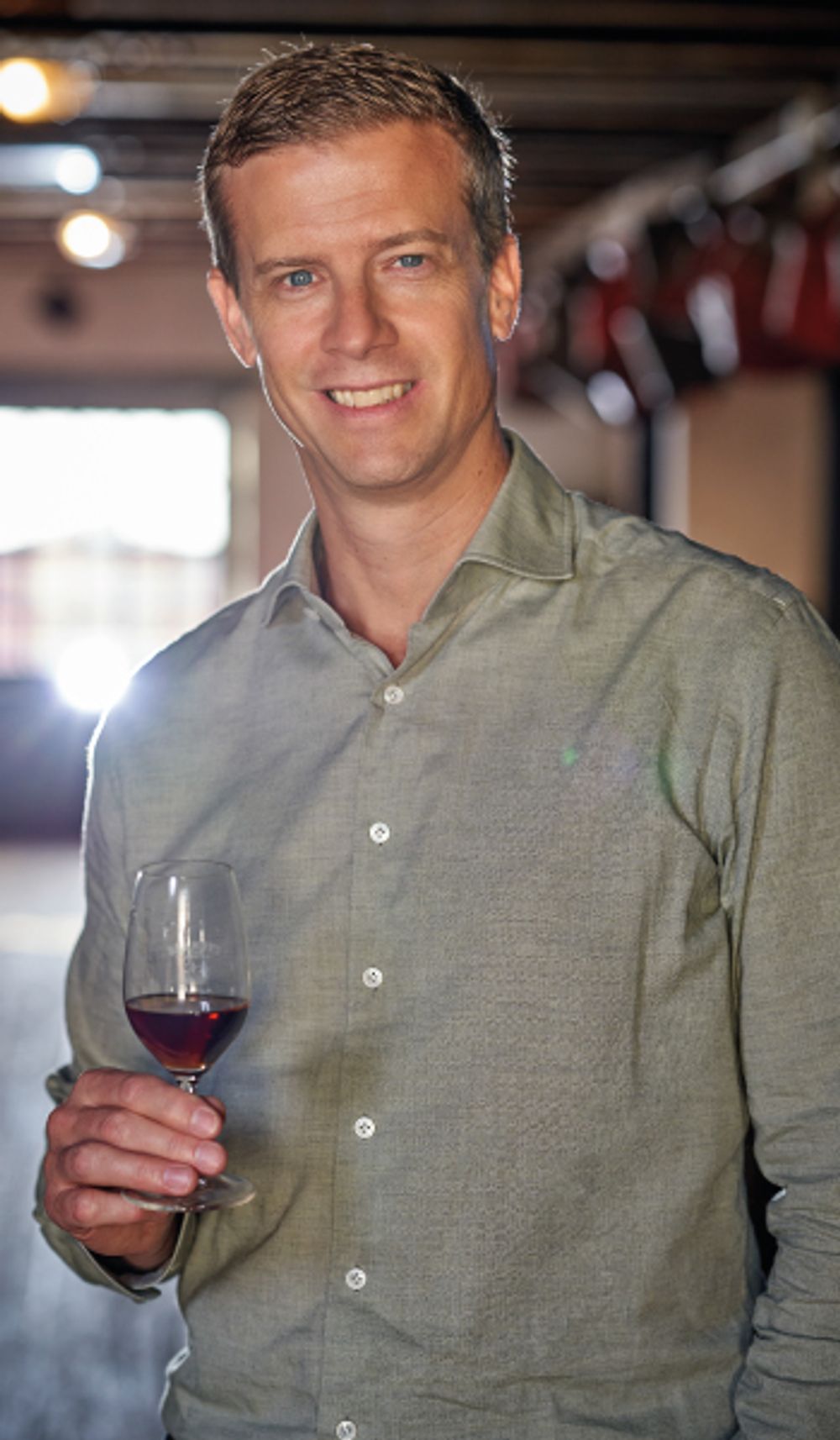
Chris Blandy - thinking outside of the box
As well as freshening up the style of the wines, Blandy’s has also replaced the 50cl bottles of its previous 10-year-old bottlings with 75cl made in transparent glass – the first in the Madeira wine market to display the wines’ gorgeous glowing colours.
“We moved from 75cl to 50cl several years ago to keep to a price point,” Chris Blandy tells me when I met him at the Big Fortified tasting earlier this month. “But now much of our focus is the on-trade and this format works best for them; the 75cl takes up the same shelf space and, of course, wastage is never an issue.”
Indeed... Madeiras are virtually immortal so are a gift for bars and restaurants. I share Blandy’s bafflement that they are not more often found on drinks lists.
Having said that, some switched-on mixologists are getting wise to Madeira’s many charms. Blandy visited the famous Paper Plane bar in San Jose only a few months ago where he was surprised to find Blandy’s 5-year-old Sercial Madeira name-checked in a cocktail recipe. He was told this has sparked the interest in novice drinkers who often go on to order Madeira by itself (as surely God intended) and by-the-glass sales now account for 30% of the bar’s Madeira consumption.
So, all is looking rosy for the island and its wines, right?
Not exactly.
Tourism continues to boom, and now the cruise chips are back with their senior cargoes who swell the numbers of more youthful visitors. Madeira saw 2.6m tourists last year (its permanent population is around 250,000) and that number looks set to rise; most, but by no means all come from Europe, there are now three direct flights from New York each week, and one from Toronto. While this brings welcome income to the island, and has invigorated its tourist offering overall, it also brings stresses to the local infrastructure, and high prices to land that has development potential.
“It’s great to see a younger generation discovering the wines, and we’ve seen a premiumisation of sales recently,” Blandy goes on. “Our main problem is that we can’t buy enough fruit.”
The pressure on vineyards
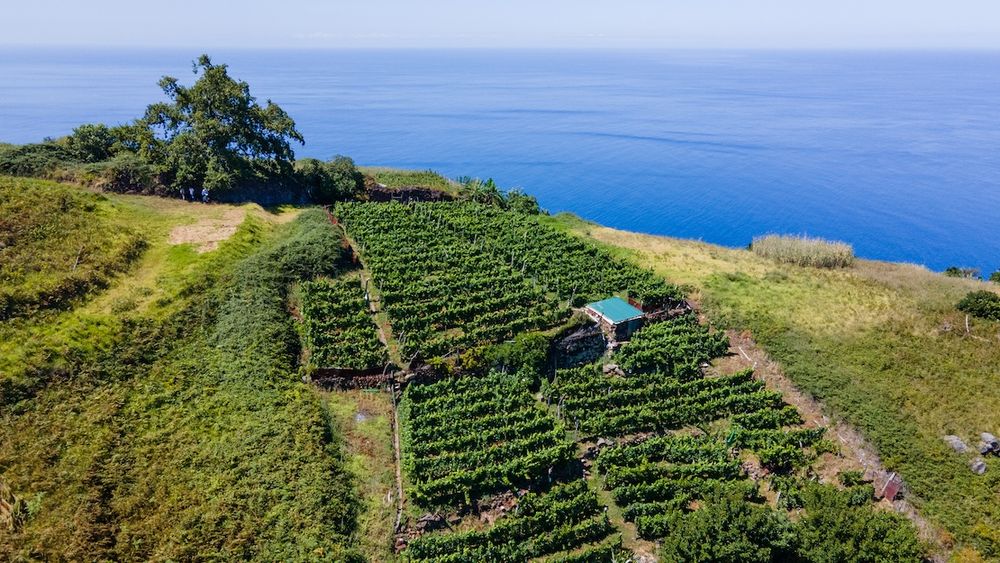
"We’re looking to plant more to maintain production.”
Most of Madeira’s grapes come from hundreds of small growers across the island who have been growing for generations, some with only a tiny patch of land which provides a very modest income. Not only is viticulture tough here, with everything done by hand, often on very steep slopes, but real estate is worth nearly four times that of agricultural land.
Younger people are looking elsewhere to pursue easier and more lucrative ways of making a living, while older growers are being tempted by real-estate agents who come knocking on the door clutching wads of cash. Understandably many of these growers cash in to enable a comfortable retirement.
Vines are also being squeezed out by banana plantations, which crop twice a year and are worth about double the value of grapes. In 2010 there were a total 500 hectares under vine on the island; by 2024 this had fallen to 387.
“We could pay our growers more, but then we couldn’t afford to make our entry-level 3-year-olds, for example, so we’d have to radically change our business model and only release premium bottlings,” he goes on. “It’s a question of which markets do we cull to maintain our stocks.”
Climate change is also taking its toll, with two very tough, very hot vintages behind them (“the wrong weather at the wrong time”) which saw some growers lose 80% of their crop. “Last year we were 30% short of what we need to replace the wine we’d released,” says Blandy grimly.
Blandy’s directly farms only eight hectares on the island - “it’s not really a commercial venture, but we didn’t want the vineyards being abandoned,” explains Chris. “And we’re looking to plant more to maintain production.”
He’s also recently personally invested in an experimental one-hectare vineyard on higher slopes, at around 500m, planted with Bual which usually comes from the south of the island so is under the most pressure from the expanding real estate there.
Sustainability and support
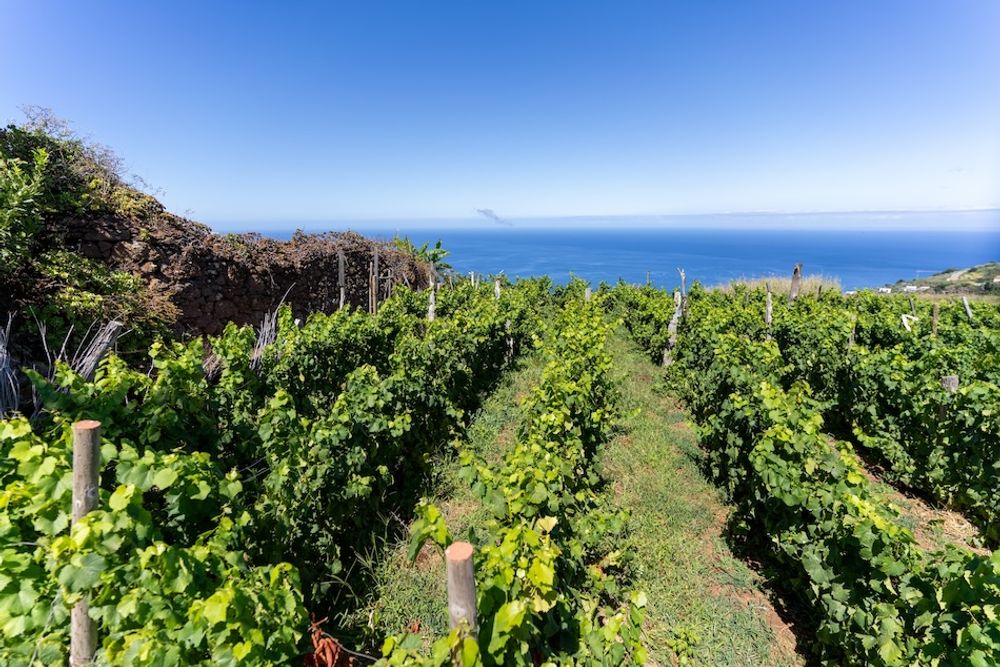
"A big part of Madeira’s attraction to tourists is its physical beauty and agriculture is very much part of that.”
As a company, Blandy’s works hard on sustainability across all its activities, as well as supporting rural communities to maintain traditions and pass on knowledge to younger generations. They implement 100% ground cover in the vineyards, helping to prevent erosion, improve nutrient retention, and capture carbon in the soil.
“It can be difficult to control the viticulture,” says Blandy. “It’s hard to persuade farmers to change their ways, though the Institute (the Instituto do Vinho da Madeira which is responsible for overseeing quality and promotion of the wines) is getting some sustainability messaging across to them. There’s no real appetite to change varietals, although the Institute is conducting some experiments with the many different soil types and altitudes we have on the island, so this may change in time.”
After some political instability – Madeira is autonomous and has had three elections in just two years – the government is now more settled and Blandy’s is working to impress on them the importance of protecting the island’s vineyards.
“Tourism is no responsible for 30% of the island’s GDP; wine accounts for less than 5%,” Chris says. “We need to be careful not to destroy the goose that lays the golden egg; a big part of Madeira’s attraction to tourists is its physical beauty and agriculture is very much part of that.”
There are other challenges too – 80% of production is exported, mainly to the UK and the US; there is the introduction of EPR (Extended Producer Responsibility) in the UK; and Trump’s unpredictable stance on tariffs, are all added headaches for the company. Despite these, however, Blandy remains quietly optimistic about the future.
”We’ve always been thinking outside the box,” he says. “These new wines break the mould in terms of what Madeira wines can be; we’re looking to the future but not losing sight of their heritage.”
With over 200 years of its own heritage – Blandy’s is the last of the founders of the Madeira wine trade still in family ownership – these wines appear to be in safe hands.
Seasoned Madeira drinkers (such as me) will enjoy these new expressions that still have incredible length and balance carried by the wines’ characteristic acidity, the fruit generally more lifted than those we’re used to.
Blandy’s historic frasqueira wines (those aged in barrel for at least 20 years) are also in fine fettle. We tasted the newly bottled 1965 Sercial and it was stupendous - rich with those notes of rancio we all adore along with so, so much more. “It’s a wine for contemplation,” as Chris so rightly said.
As a member of the old-farts drinking community, I’d like to welcome all newcomers to the Madeira party. As you’ll discover, it’s really quite a ride. IYKYK.
The new 10 year-old wines
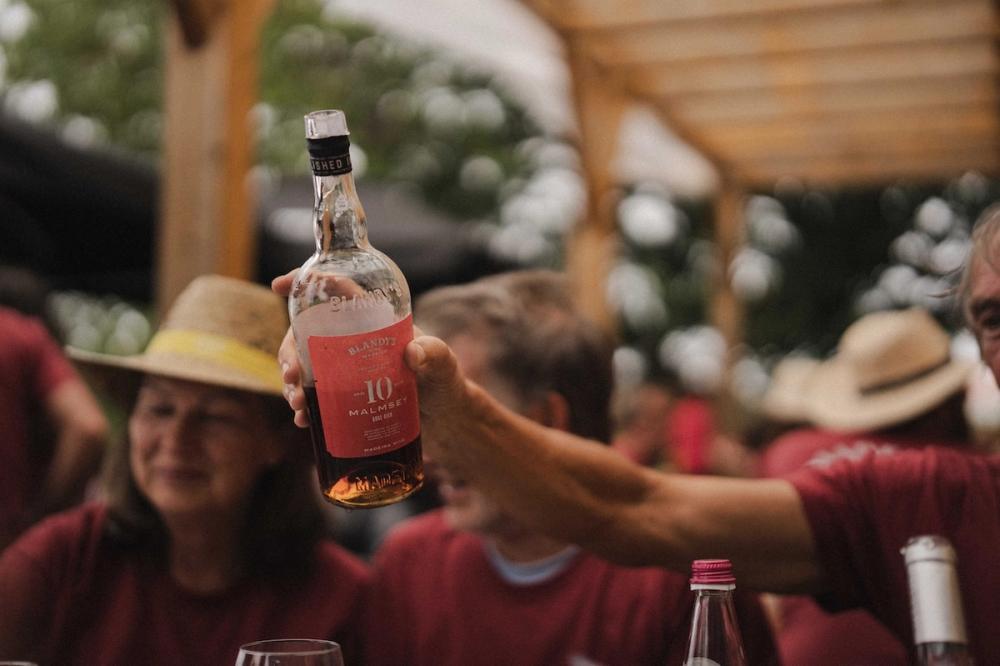
“These new wines break the mould in terms of what Madeira wines can be."
Sercial
A shy, discreet nose - lemon pith and salted almonds - with a delicacy to its body that makes it very fresh despite it 55g RS. Candied citrus fruits, a gentle woodiness, and a saline twang make this a really attractive aperitif. Having said that, Blandy’s are keen to stress the food-friendliness of all these wines beyond pre-dinner nibbles, and this would be as good with a tuna steak as it would with oysters or grilled chicken.
Verdelho
The mostly widely planted of these grapes in recent years, covering double the hectarage of Sercial, following government subsidy with a view to also using it for table wines.
Richer, spicier than the Sercial, and despite its 75g RS it’s almost more savoury, with a zesty umami lick to its dried figs-and-apricots fruitiness and warm spice. My favourite in this smart line up, and I can’t think of many dishes it wouldn’t suit; I’d particularly like to tase it with a crab sandwich.
Bual
The rarest of these grapes, with only 14 hectares on the island. Lots of primary tropical fruit here - bananas, papaya, grilled pineapple - along with marmalade, walnuts, ginger and a touch of curry. Crème brûlée and similar puddings are the classic match for Bual (this has 95g RS) as well as a chessboard, but this would also go really well with sticky chicken wings or pork belly at a barbecue.
Malvasia
History fans will remember that George, Duke of Clarence, chose drowning in a barrel of Malmsey in 1478 when sentenced to death for treason against his brother, Edward IV. I can think of worse ways to go, to be frank. Malmsey is Malvasia’s other name, and is made in the darkest and sweetest of these styles, with 125g RS.
While it has the classic notes of toffee, honey, coffee and spice, there is also a seam of herbaceous astringency that makes it really more-ish. Chocolatey and/or spicy puddings would suit; I’m also happy (and rather surprised) to report that it’s also really good with salted anchovies.


